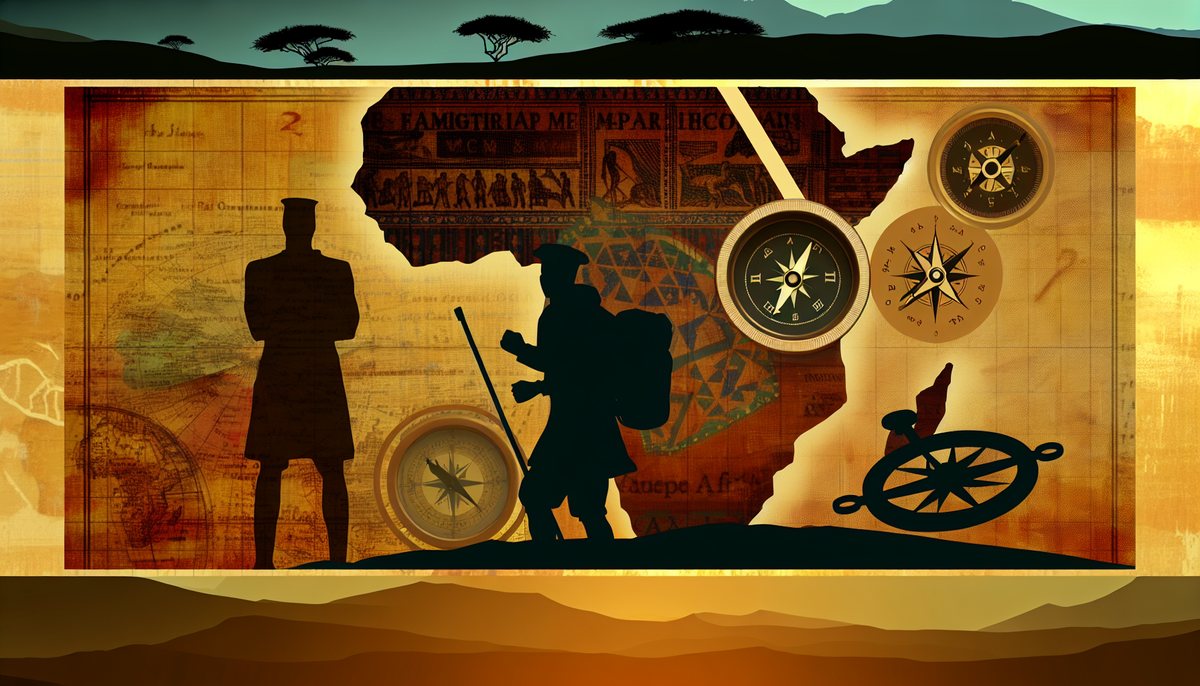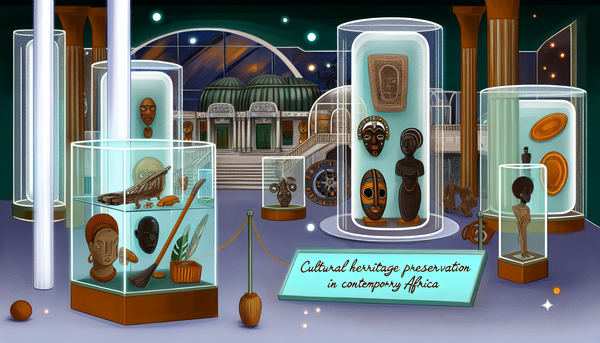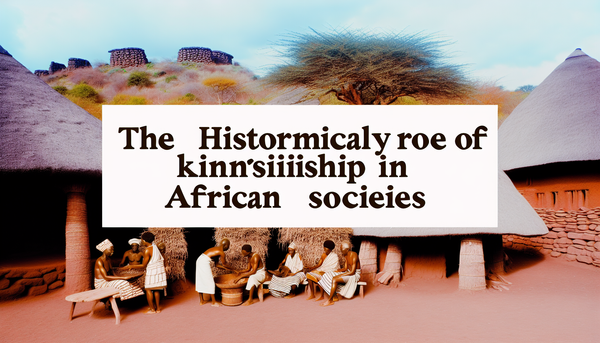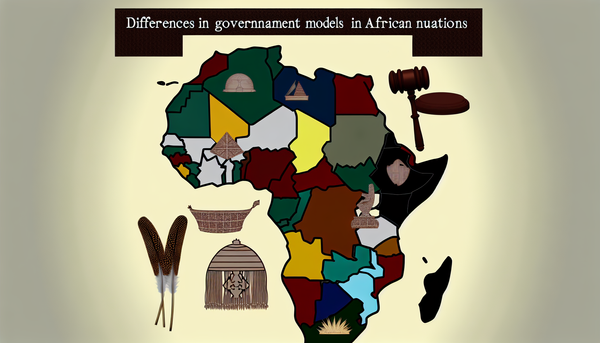Famous African Explorers and Their Contributions to History

The Life and Journeys of Ibn Battuta
Ibn Battuta, born in 1304 in Tangier, Morocco, is celebrated as one of the greatest explorers in history. His journeys, which spanned nearly three decades, cover an astonishing 75,000 miles across North Africa, the Middle East, India, Southeast Asia, and even China. After completing his initial pilgrimage to Mecca, he embarked on a series of travels, driven by a desire to learn and understand the diverse cultures of the Islamic world.
His travels began in 1325, and he visited significant cities such as Cairo, Baghdad, and Delhi, immersing himself in the local traditions and customs. Ibn Battuta’s accounts provide a rare glimpse into the social, cultural, and economic aspects of the societies he encountered during the medieval period. His keen observations and detailed descriptions served as a valuable record of the world in the 14th century.
Ibn Battuta returned to Morocco in 1354, where he dictated his travels to a scholar named Ibn Juzayy. The resultant work, "Rihla" (The Journey), became an essential historical document, showcasing not just geographical insights but also illuminating the interconnectedness of various cultures. His contributions continue to enrich our understanding of the medieval world and its exploration.
David Livingstone's Expeditions and Discoveries
David Livingstone, a Scottish missionary and explorer, is renowned for his contributions to the exploration of Africa in the 19th century. Born in 1813, Livingstone arrived in Africa in 1840 with the mission to spread Christianity and combat the slave trade. His early work focused on the Zambezi River region, where he conducted significant missionary activities while exploring the continent's interior.
Livingstone's expeditions were groundbreaking; he was the first known European to traverse large portions of southern and central Africa. He famously discovered Victoria Falls in 1855, naming it in honor of Queen Victoria. His detailed documentation of Africa's geography, ecosystems, and cultures provided invaluable insights during a time of European colonial expansion.
Livingstone's exploration extended beyond mere mapping; he advocated for the abolition of the slave trade and sought to promote legitimate commerce, arguing for trade partnerships that would replace slavery. His writings and captivating speeches about Africa motivated public interest and fundraising for further explorations.
Despite facing immense challenges, including disease and isolation, Livingstone's relentless spirit and commitment to his cause left a lasting legacy. He became synonymous with African exploration, and his adventures have inspired generations of explorers, illustrating the richness and complexity of the African continent.
The Legacy of Mungo Park in West Africa
Mungo Park, a Scottish explorer born in 1771, is renowned for his pioneering explorations of the Niger River in West Africa. His journeys in the late 18th century marked significant contributions to the understanding of the region's geography and cultural dynamics. Park first traveled to Africa in 1795, driven by a desire to map the course of the Niger River, which was shrouded in mystery at the time.
His initial expedition in 1796 provided crucial insights into the river's flow and the significance of trade routes within West Africa. Park's detailed observations of local customs, economies, and natural landscapes offered a nuanced view of the society he encountered, fostering a greater understanding of African cultures in Europe.
Despite facing numerous obstacles, including hostile encounters and challenging terrain, his spirit of exploration proved resilient. Tragically, during his second expedition in 1805, Park was killed in what is now modern-day Nigeria. His legacy, however, endures, as his work inspired further explorations and fueled European interest in African geography.
Mungo Park's contributions paved the way for subsequent explorers and played a crucial role in the eventual mapping and understanding of West Africa, bridging cultural divides and continuing to impact historical narratives.
Ahmad ibn Majid: The Navigator and Cartographer
Ahmad ibn Majid, born in 1432 in Oman, is considered one of the most influential navigators and cartographers of the Age of Exploration. Often referred to as the "Lion of the Sea," his expertise in navigation and maritime skills significantly contributed to the development of maritime trade routes in the Indian Ocean.
Ibn Majid's remarkable knowledge of the stars, winds, and currents enabled him to craft intricate and accurate maps and navigation manuals. He authored several influential texts, including the "Kitab al-Fawa'id fi Usul al-Bahr wa al-Qawa'id" (Book of Useful Information on the Principles and Rules of Navigation), which provided invaluable guidance for sailors in the region. His writings encompassed detailed descriptions of coastal areas, important ports, and navigational techniques that would be critical for safe sea travel.
His most famous accomplishment is often said to be his guidance of Vasco da Gama during the Portuguese explorer's journey to India in 1498, showcasing Ibn Majid's expertise in navigation. His contributions not only enhanced maritime safety but also facilitated cultural exchanges between the East and West. Ahmad ibn Majid's legacy endures as a symbol of the sophisticated understanding of navigation and cartography in the Islamic Golden Age, influencing explorers for centuries to come.
Osa Johnson's Adventures and Documentaries in East Africa
Osa Johnson, an American explorer, filmmaker, and author, played a pivotal role in bringing the beauty and diversity of East Africa to the forefront through her adventurous spirit and pioneering documentaries in the 20th century. Born in 1894, Osa, along with her husband Martin Johnson, embarked on an extraordinary journey to Africa in 1917, driven by a passion for wildlife and indigenous cultures.
Their groundbreaking expeditions in East Africa documented rich ecosystems, unique wildlife, and traditional lifestyles of local tribes. Together, they produced stunning films and photographs, capturing the majesty of animals like lions, elephants, and rhinoceroses in their natural habitats. Osa's deep connection with the landscape and its inhabitants is vividly portrayed in her works, which blend adventure with education, showcasing both the allure and the challenges of African environments.
One of her notable works, “Simba: Lord of the Beasts,” provided a captivating look at African wildlife and conservation efforts. Osa Johnson's films not only entertained but also raised awareness about wildlife conservation and the importance of protecting these ecosystems. Her legacy is celebrated as a trailblazer for women in exploration and a significant contributor to the documentation of East Africa’s vibrant natural and cultural heritage, inspiring future generations of filmmakers and conservationists.
Estevanico's Exploration in North America
Estevanico, also known as Esteban the Moor, was a pioneering figure in the exploration of North America during the early 16th century. Born around 1500 in modern-day Morocco, he was one of the first known Africans to set foot in the present-day United States. Estevanico was enslaved at a young age and later became a member of the Narváez expedition, which aimed to explore and conquer the territories of Florida.
In 1528, after the expedition suffered significant setbacks, Estevanico and a handful of survivors, including the Spanish explorer Álvar Núñez Cabeza de Vaca, set out on a remarkable journey across the American Southwest. Estevanico’s remarkable navigation skills, adaptability, and rapport with indigenous peoples were crucial during their travels, as they traversed vast territories now part of Texas, New Mexico, and Arizona. He served as a mediator and interpreter, forging relationships with various Native American tribes.
Estevanico's explorations provided valuable insights into the geography, cultures, and resources of the region. Tragically, in 1539, he was killed during an expedition in what is now New Mexico. Despite his untimely death, Estevanico’s legacy endures as a symbol of courage and resilience, highlighting the often-overlooked contributions of individuals of African descent to the history of exploration in North America.
Heinrich Barth and His Travels across the Sahara
Heinrich Barth, a German explorer and geographer, is best known for his extensive travels across the Sahara Desert in the mid-19th century. Born in 1821 in Hamburg, Barth displayed an early interest in geography and languages, eventually becoming proficient in Arabic and several African dialects. His remarkable journey began in 1849 when he embarked on a mission to explore and document the unexplored regions of West and Central Africa.
Barth’s travels took him through challenging terrains and diverse cultures, from Tripoli to Lake Chad, where he meticulously recorded his observations on geography, ethnography, and local trade. His interactions with various cultures provided valuable insights into the social, political, and economic dynamics of the region. Barth is particularly noted for his systematic approach to exploration, employing scientific methods that laid the groundwork for future geographical studies.
His most notable work, "Travels and Discoveries in North and Central Africa," published in the 1850s, remains a crucial resource for understanding the history and geography of the Sahara and its surrounding areas. Barth's contributions not only enhanced European knowledge of Africa but also fostered greater appreciation for the continent's rich cultures and complex societies, establishing him as one of the foremost explorers of his time.



